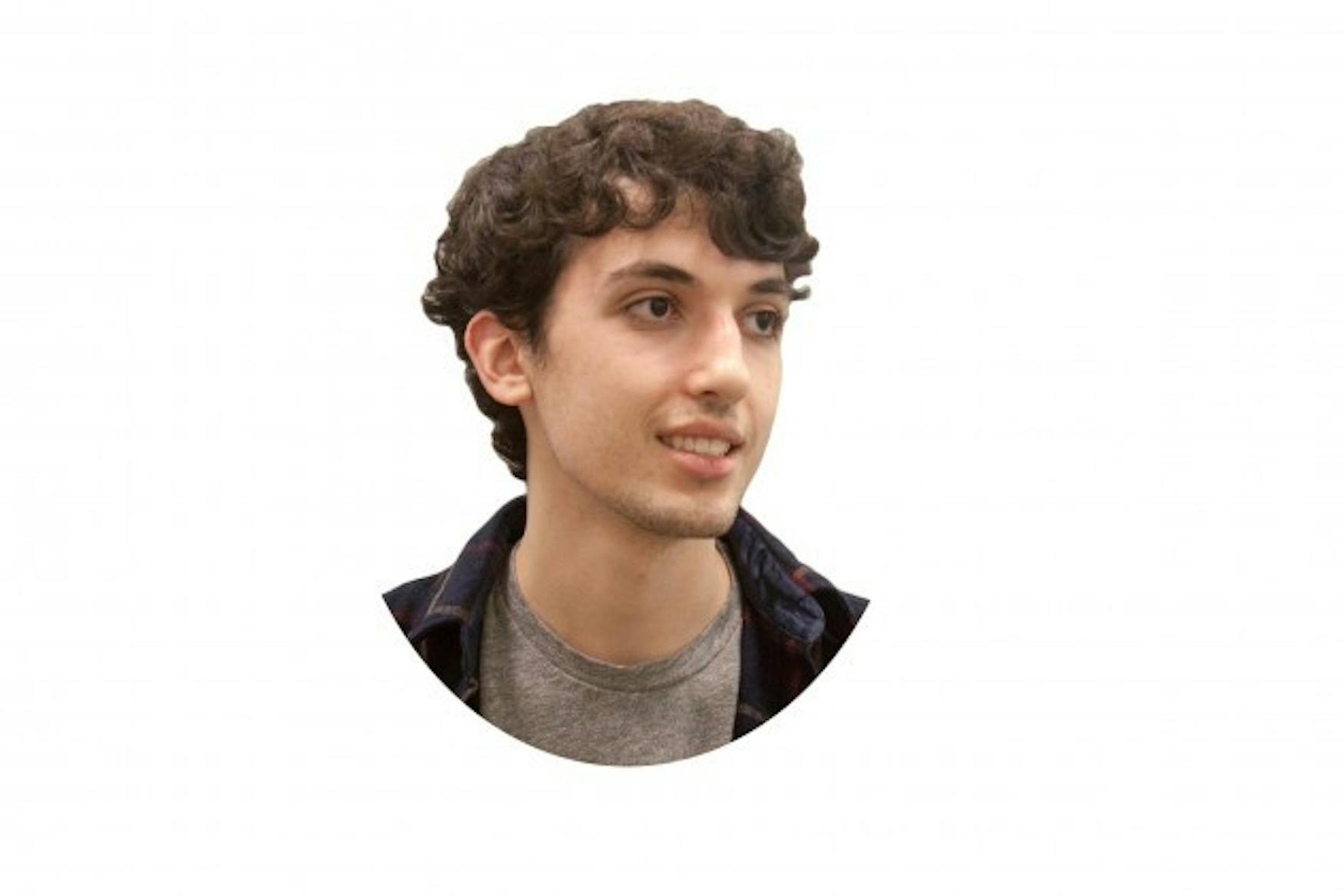Coke ad controversy turns advocates into advertisers
The Bottom Bunk
The Super Bowl is a curiously American tradition; Friends and families gather together around the TV, with some watching for the football game itself, but others watching only for the advertisements.
This year, one ad in particular stood out. Kicking off a new campaign called "America is Beautiful," Coca-Cola aired a 60-second commercial showing attractive children and young adults laughing, playing, hiking and drinking Coke together.
The interesting part-and for a certain portion of viewers, the controversial part-was the audio. Accompanying the visuals are a group of young women who sing different sections of "America the Beautiful" in seven different languages, from English to Mandarin to Hebrew. While I didn't watch the game this year, I sure did see the ad, as Rush Limbaugh and other conservative commentators shook their fists and popped their forehead veins over the ad's multicultural message, keeping it in the news for days after it aired.
Satirizing the controversy is not especially difficult. Comedian Doug Walker noted on his Facebook page that making fun of the angry masses is "like shooting brain-dead bigots out of a Coke bottle." Stephen Colbert summed it all up nicely in his bit on the issue: Screaming and throwing his hands to his ears, Colbert furiously proclaimed "Only English can give that song its certain je ne sais quoi! The last thing I want to be is a prima donna, but I am full of schadenfreude over this!"
Both Walker and Colbert hit the nail on the head: the fact that this controversy even exists is ridiculous. Apparently Limbaugh and his compatriots were unaware that "America the Beautiful" does indeed have Spanish, French and Arabic translations, but the response against the outrage has been overwhelming. The video has over 10,000,000 views and 40,000 likes on YouTube, the most of either metric for any Coca-Cola video, and an extended version aired during the opening ceremony of the Sochi Olympics.
Evidently, the advertisement has affected a lot of people, either filling them with rage or national pride. But what does it mean that we've been so deeply affected by something designed to get us to buy soda?
Last year, Coke began being sold in Myanmar for the first time in 60 years, meaning the only countries left in the world without the iconic cola are Cuba and North Korea. According to a National Public Radio feature, Coke's ad executives had to go back to their company archives and look at Coca-Cola ads from the 1880's to rediscover how to sell their product to people who had never tasted it before.
Coke ads in Myanmar center around two words-"delicious" and "refreshing." They also offer free samples of the drink at Buddhist festivals, and give out instructions to "Chill the bottle" and "put three cubes of ice in the glass" in order to best enjoy Coca-Cola in a country with bad refrigerators. As more and more Burmese start drinking Coke, the Coca-Cola company has established itself as both the world's wealthiest and most widespread soft drink company.
Coca-Cola, like most soft drinks, is correlated to weight gain. In addition, two of the ingredients that create its caramel color are known to cause cancer. These ingredients are purely cosmetic, but despite numerous petitions, Coke refuses to extract them from the soda's formula. Coke's numerous artificial sweeteners also don't break down in water treatment plants, meaning that pouring Coke down the drain can cause water pollution.
It takes a lot to get people to keep buying a product that they know is bad for them. In 2010, Coke spent a whopping $2.9 billion on advertising, more than Microsoft and Apple combined. The majority of Coke ads have nothing to do with the drink itself: they center around icons like the American flag, young people having fun at night or the cute and cuddly polar bears who serve as the company mascots, and who got a short animated movie produced by Ridley Scott last year. Coke hires some of the best advertisers in the field, men and women whose job it is to make you want to drink what is essentially liquid garbage. Out of all of the executives who must have had a hand in designing the Super Bowl ad, I find it hard to believe that not one of them ever predicted that their multicultural message might generate some harsh reactions from a certain part of the American community.
It is hard to get anything noticed in the information era, where news updates, apps and advertisements flash at us every second we are online. Look at how much attention Coke has gotten after the Super Bowl: many of the pundits who would usually criticize Coca-Cola for its unhealthy products value racial tolerance more than they value health issues.
Suddenly, liberal commentators find themselves in the position of defending a major soda conglomerate, giving it more and more press time, while video shares, tweets and Facebook posts surge. Coca-Cola is now releasing several "Behind the Scenes" videos, interviewing the young women who sang in the ad about what they think it means to be an American. Apparently people really do want to know everything they can about a 60-second video designed to make them thirsty.
Whether or not any of this controversy was intentional is honestly irrelevant. It is fascinating to note how the media scandal has become the best way to get everyone talking about your product. For years now, Coke has no longer sold its soda but its own image, but this recent kerfuffle has somehow made the American people into Coke's own advertisers. The media, both social and traditional, is what perpetuates the conversation around this ad, giving Coca-Cola more and more and more free advertising.
And as advertisers have said for decades, "any press is good press."



Please note All comments are eligible for publication in The Justice.